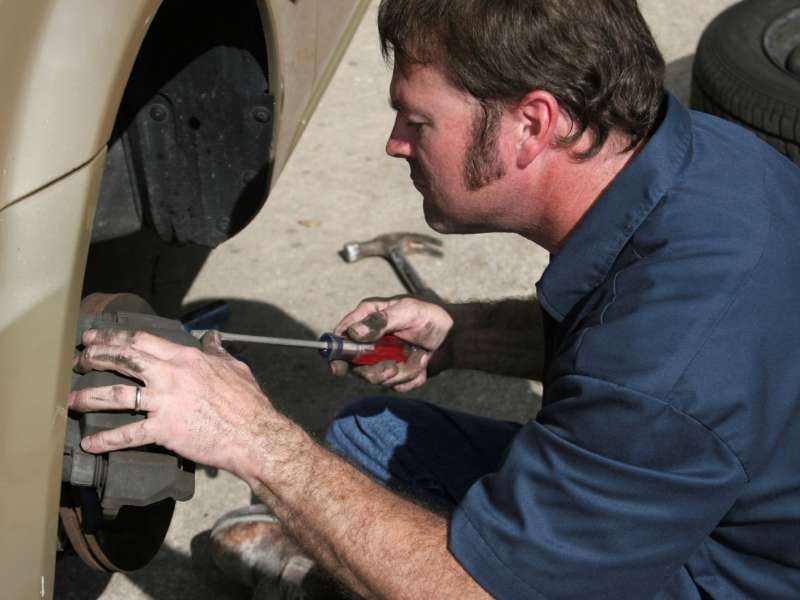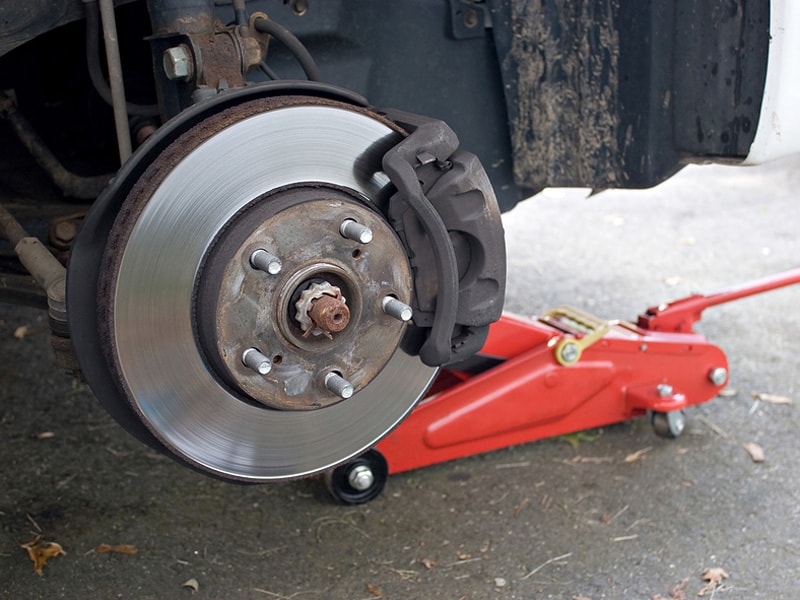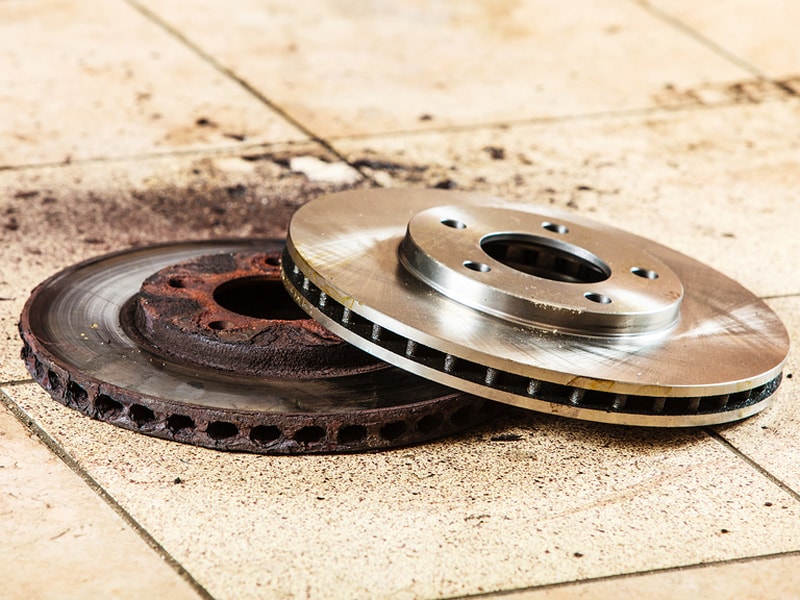Recent Articles
Popular Makes
Body Types
How To Check Brake Pads

If your brakes are making a grinding noise or high pitched squeal or if your car pulls to one side when braking it may be time to check your brake pads for wear. If your brake warning light has recently come on or you’ve noticed that your brake fluid is getting low it may also be an indicator that your brake pads need replacing and that they should be inspected. The brake pads are the part of the braking system that is pushed into the rotor by the caliper to slow the car down. Knowing when and how to check brake pads could prevent you from damaging other parts of the brake system and will help keep your car safe.
On some cars you may be able to inspect the brake pads just by looking through the wheels. Otherwise you will need to jack up the car, safely support it, and remove the wheel. For most cars new pads start out quite thick, and pads are normally considered in need of replacement when the friction material is down to 1/8”, however consider changing them if they are close to this point as brake pads are generally fairly inexpensive and easy to change. By replacing them early you will be sure not to damage your rotor or over-extend the caliper piston.

Knowing how to inspect brake pads can tell you more than just how much life is left in them. If a pad is grooved it could mean that the rotor is warped or is covered in rust. If the pads on one side of the car are worn more than the pads on the opposite side or if the pads are worn at an angle you may have a seized slide, stuck caliper piston, or collapsing flex house keeping the pad in contact with the rotor and not allowing it to retract.
